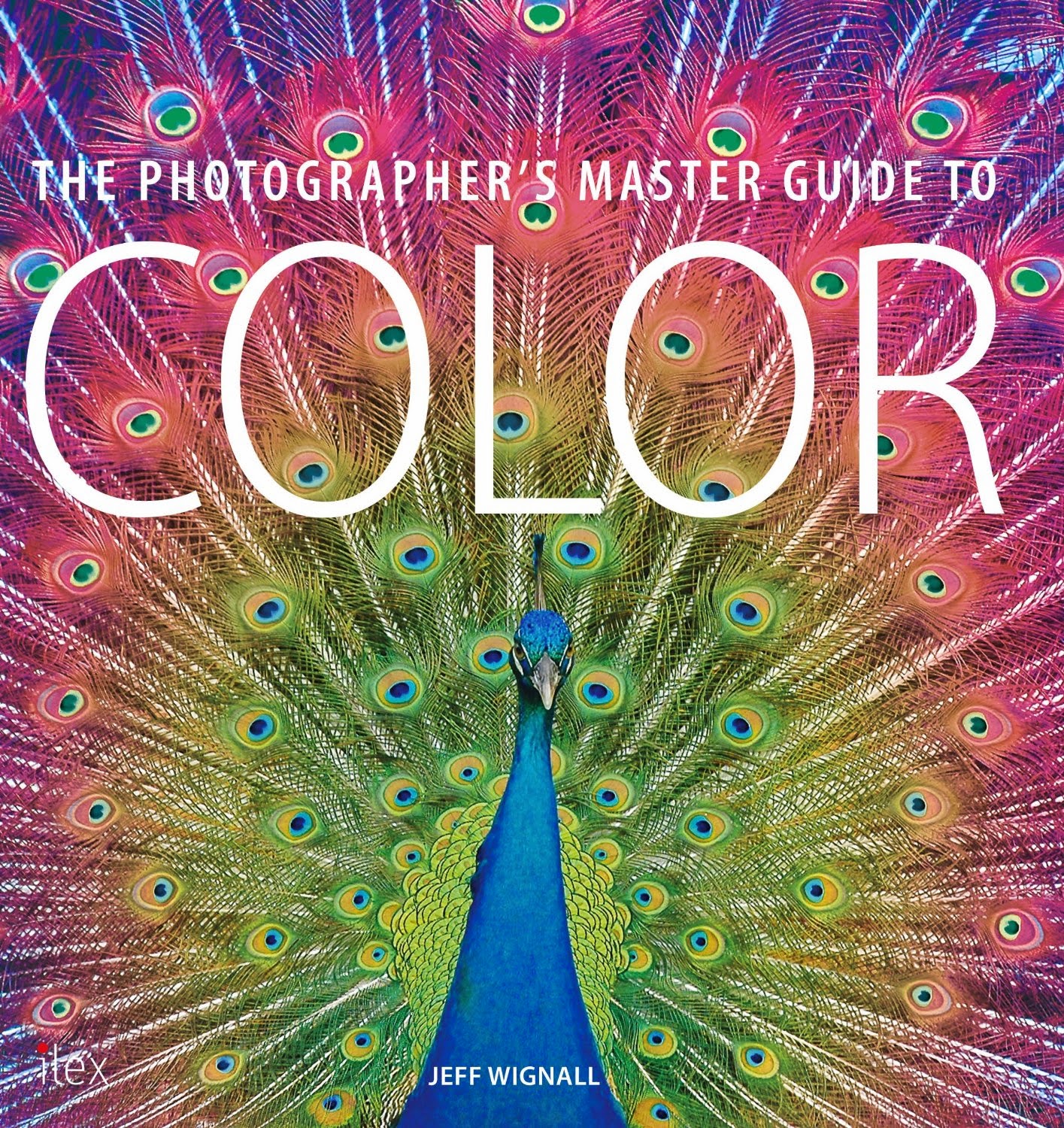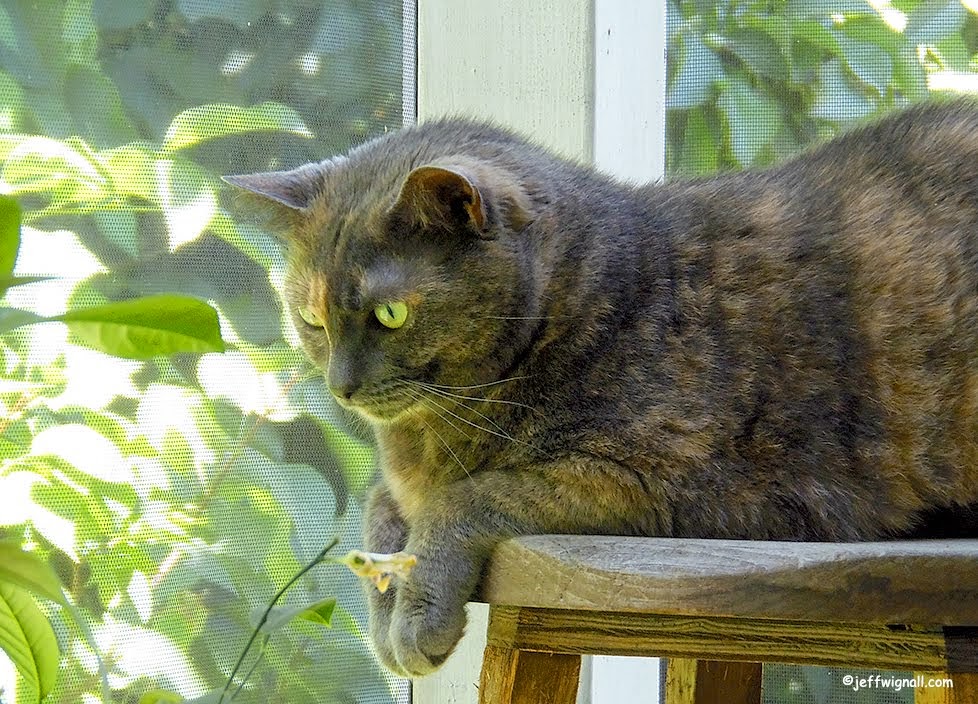I'm very glad that I got the chance (and made the effort) to photograph this monarch butterfly in my garden a few weeks ago. The monarchs migrate through Connecticut in September and it's heartening to see them come each year. I only saw a few this year, but other years I've had a half dozen at a time, so I'm hoping this year was just a fluke and not an indication that their numbers are shrinking. Anyway, yesterday as you probably heard, we had a freak snowstorm here in Connecticut and not only was the tithonia frozen, but I'm sure the butterflies are sunning themselves in Mexico by now--so I'm very happy that I got the shots when I did.
I saw this beautiful monarch feeding on a tithonia (Mexican sunflower, I think some folks call it a "torch" flower) plant in my garden while waiting for the Patriots kickoff one Sunday and decided that I'd better take advantage of the moment. I ended up spending the next two hours photographing just this one monarch and got dozens of really nice shots. He spent so much time feeding that I had time to experiment with different lenses, close-up attachments, flash, etc.
I ended up shooting most of the frames with my trusty 70-300mm Nikkor zoom with a pair of Kenko close-up lens extension tubes. Extension tubes are a great alternative (or addition to) macro lenses. Extension tubes reduce the lens-to-subject focusing distance (by moving the lens farther from the focal plane) but they contain no glass and so, other than soaking up a bit of light, have no negative effects on the image quality. You can buy a set of three for about $180 from B&H and I think they are a very worthwhile investment if you're into close-up photography.
I shot some exposures with flash and some without (a Nikon SB-80 flash unit) and this shot has flash. I try not to let the flash exposure become too obvious, though I think it's fairly well disguised here. One way to control the flash is to use the flash-compensation feature (very simple to use on the SB-80--it operates off a toggle switch on the back of the flash, you just tap it for more or less flash and that is so much easier than the days when I had to figure out flash power in my head) to reduce the flash output. Here the flash was set to provide about a stop less light than the daylight exposure and I also had the camera exposure set (using exposure compensation) to -2/3 stops so that the background would go very black and to keep the orange flower (lit by fairly bright sun) from blowing out. (For some reason my Nikon D90 is very sensitive to yellow/orange and those colors blow out more with this body than they do with some of my other cameras.)
Exposure with flash and bright sun can sometimes be confounding and it took some experimenting to get this right, so don't get discouraged too quickly. It is a very tricky balance to work out--camera exposure, background exposure, flash exposure and all the time you have a moving subject and are working with a only a few millimeters of depth of field. I always work on a tripod in these situations because there is simply no way that you can juggle a camera, a lens, compensation settings for camera and flash and hold a diffuser in front of the flash (I used a piece of white translucent plastic to soften the light a touch) without putting the camera on a tripod. And therein lies one of the secrets of photographing butterflies and other insects: focus on a specific blossom and let the insect come into your shot. I see other photographers chasing butterflies around hoping that, magically, I guess, the composition and background will be perfect and the butterfly will be in the right light and in sharp focus. Dream on. Pick a blossom where the light is right, set your focus (I focus manually on the flower, that works pretty well) and shoot a couple of test exposures. Butterflies, bees and dragonflies tend to come back to the same roosting spots many times, so all you have to do is be patient and wait for them to complete your composition--and they will.
Email list: By the way, I'm going to start (finally!) building an email list so that I can send out a free newsletter (in addition to these blog postings), so if you'd like to be added, just drop me an email at: thejoyofdigital AT optonline DOT net and I'll add you. I'll have a company helping build the list soon, but for now let's try the old fashioned way. Just put "list" in the subject line and I'll know. And, as always, if you have any photo questions, include those.
Photo notes: To recap: Shot with a Nikon D90 body, a 70-300mm Nikkor zoom lens, a Nikon SB-80 flash using a scrap of translucent white plastic (pulled out of a garbage can) to diffuse the flash. On a Manfrotto tripod. I used Kenko close-up tubes, too. Over a two-hour period I shot approximately 150 exposures in RAW.
Another Day Another Workshop
14 hours ago







No comments:
Post a Comment